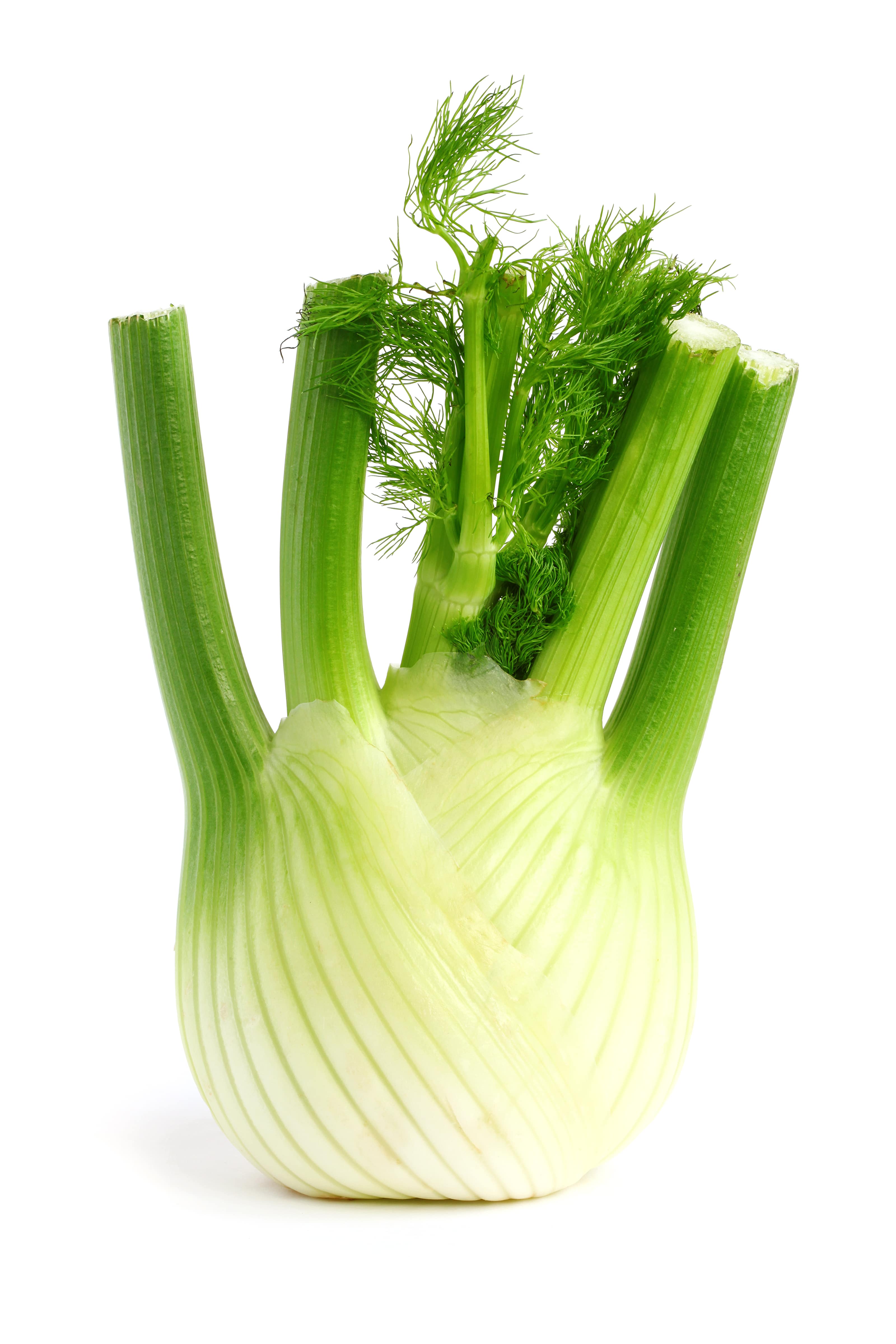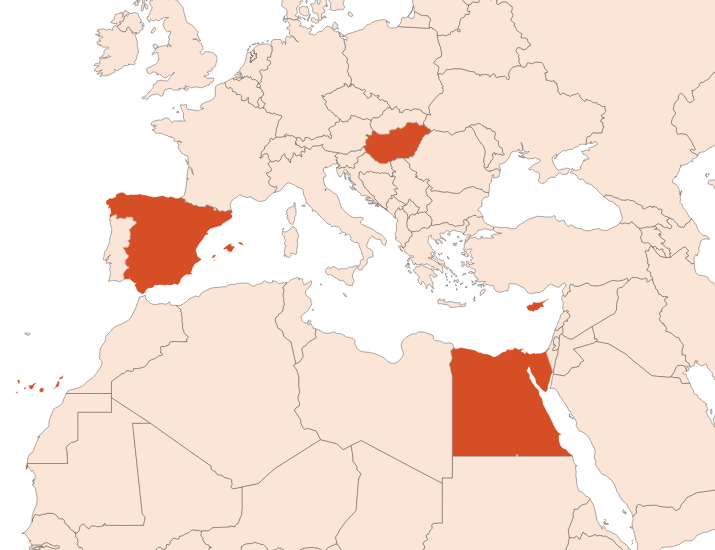Sweet Fennel EO
Naturelle
Herbal > Anisic > Agrestic > Green > Spicy

Crédits photo: ScenTree SAS
Latin name :
Foeniculum vulgare
Botanical profile :
Fennel is a plant of the Apiaceae family and the genus Foeniculum.
Geographic origin :
Originally from the Mediterranean region and southern Europe in general, fennel is now grown mainly around the Mediterranean, but also in northern Europe, Cyprus, North America, Argentina, East Asia, India and Australia.
Chemotypes :
Three main varieties of fennel are grown around the world.
Foeniculum vulgare var. dulce : Sweet fennel, whose seeds essential oil is very consumed.
Foeniculum vulgare var. piperitum : Bitter fennel, also known for the essential oil of its seeds, containing much more pinene.
Foeniculum vulgare var. azoricum : Florence fennel, famous for the essential oil of its seeds and for its leaves.
Foeniculum vulgare var. dulce : Sweet fennel, whose seeds essential oil is very consumed.
Foeniculum vulgare var. piperitum : Bitter fennel, also known for the essential oil of its seeds, containing much more pinene.
Foeniculum vulgare var. azoricum : Florence fennel, famous for the essential oil of its seeds and for its leaves.
Extraction process :
The development of a fennel plantation is done by sowing the seeds contained in the fruits of the plant. It takes about 2.5 kg of seeds to develop a one hectare crop. In low season, it takes 8 to 10 kg of seeds to perpetuate the crop on one hectare. In summer, provided the weather conditions are mild, the fennel reveals umbels of yellow flowers. These flowers give fruits, green at first, then yellow when ripe. That is when they are collected by hand to be dried, about forty days after flowering. Several crops are grown each year because not all plants bloom at the same time. After the umbels containing the fruit are dried, they are washed, the fruits are crushed and stored in small bags of jute. The crushed dried fruits are steam distilled and their moisture content must remain below 9%. After the extraction, Eucalyptus essential oil is collected in an essencier, once decanted from the water used to extract it.
Many fennel crops are biologically warranted, as the demand for organic fennel is important in developed countries. For example, all Indian cultures are organic.
Many fennel crops are biologically warranted, as the demand for organic fennel is important in developed countries. For example, all Indian cultures are organic.
Major Components :
Anéthol (50-55%)
D-Limonene (25-30%)
Alpha-Pinene (≈4%)
Fenchol (≈3%)
Fenchone (≈3%)
Estragole (≈3%)
D-Limonene (25-30%)
Alpha-Pinene (≈4%)
Fenchol (≈3%)
Fenchone (≈3%)
Estragole (≈3%)
- Uses in perfumery :
- Used in luxury perfumery, for the same reasons as Anethol. Less used than Anethol. Used in men's notes, fougere and eaux fraîches, for a fresh and aromatic effect.
- Other comments :
- The smell of sweet fennel is dustier and spicier than the Star Anise EO smell, which is woodier. It is also less green and alimentary than the smells of tarragon and Basil (Estragole Chemotype) EO and Tarragon EO .
Historically, fennel was a spice and herb associated with royalty and victory. For example, the Romans used fennel leaves to crown the victorious warriors. - Volatility :
- Heart
- Appearance :
- Colorless liquid that crystallizes readily
- Stability :
- Aromatic compounds can be chromophoric and cause a coloration of the oil, especially in alkaline bases
- Price Range :
- €€€
- Aromatherapy :
Informations provided below are taken from reference works in aromatherapy. They are given for information purposes only and can not constitute medical information, nor engage the responsibility of ScenTree.
Fennel essential oil is renowned for its antimicrobial (antifungal and antibacterial), antispasmodic and flatulence properties. It is also stimulating, expectorant (causes cough), anticancer, antioxidant, it is a muscle relaxant and has many other properties.

Crédits photo: ScenTree SAS
- EINECS number :
- 84625-39-8
- FEMA number :
- 2483
- Allergens :
- D-Limonene
- IFRA :
- This ingredient is not restricted
To learn more about IFRA's standards : https://ifrafragrance.org/safe-use/library
ScenTree is solely responsible for the information provided here.








